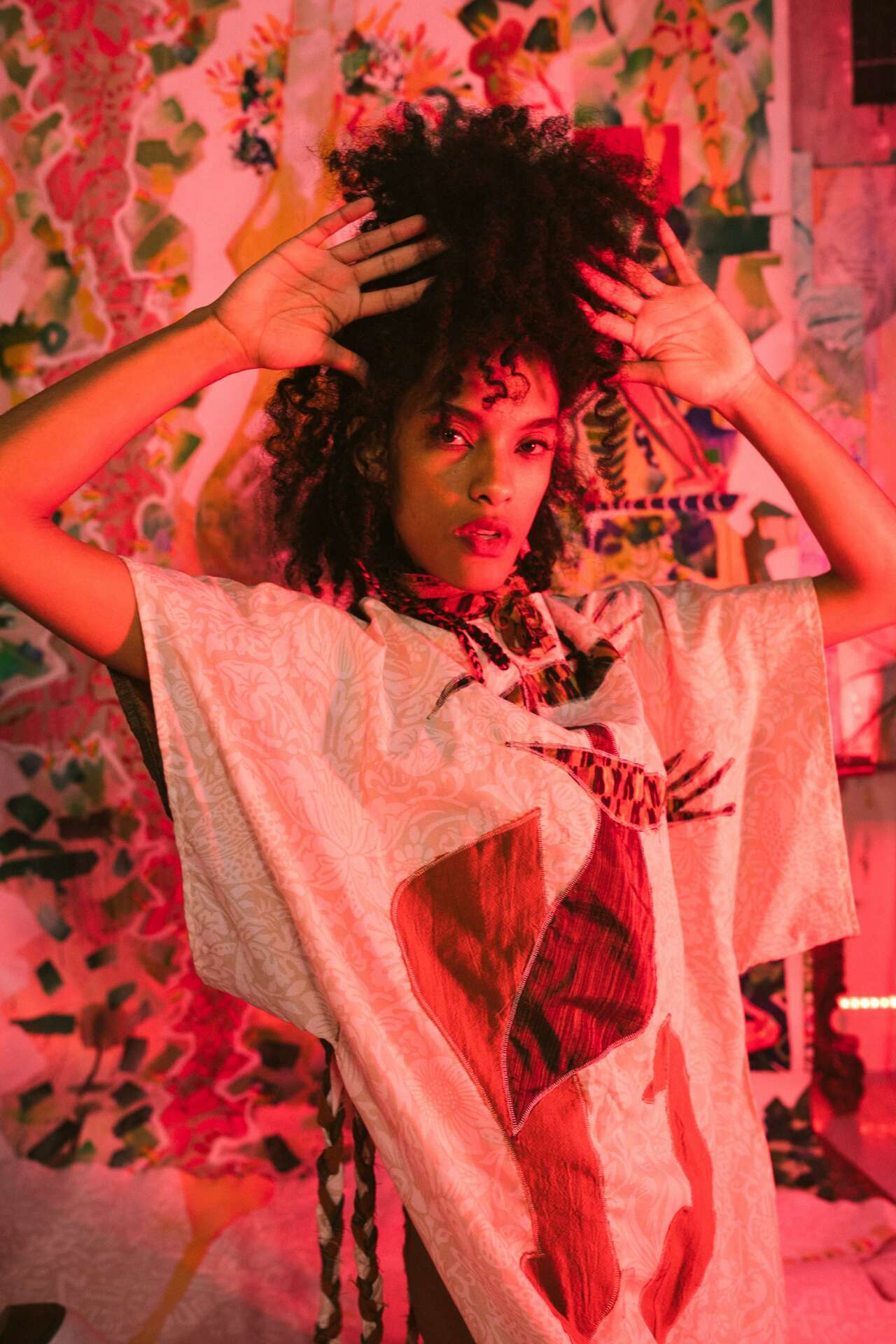We were lucky to catch up with Kianah LongChase recently and have shared our conversation below.
Alright, Kianah thanks for taking the time to share your stories and insights with us today. How did you learn to do what you do? Knowing what you know now, what could you have done to speed up your learning process? What skills do you think were most essential? What obstacles stood in the way of learning more?
I began learning cultivating several skillsets when they were considered play. Like most children, I’d sing, babble, tumble around, and try to impress my mom with tricks. As a dancer, voice artist, painter, and actor, I trained in various choreography styles, musical theater, and circus. Visual art was something I did privately until somewhat recently. Making believe and playing dress-up are still my favorite past-time. Those unafraid years formed me. The time before we learn doubt or ridicule. It was my own worry and others’ fears that slowed me down by introducing critique and uncertainty. Years later, I still think play is under-rated as a means of learning. We ought to be un-concerned about being bad. Our tastes often out-pace our abilities, but by continuing to surround ourselves with inspiring stimuli, we move the needle day by day.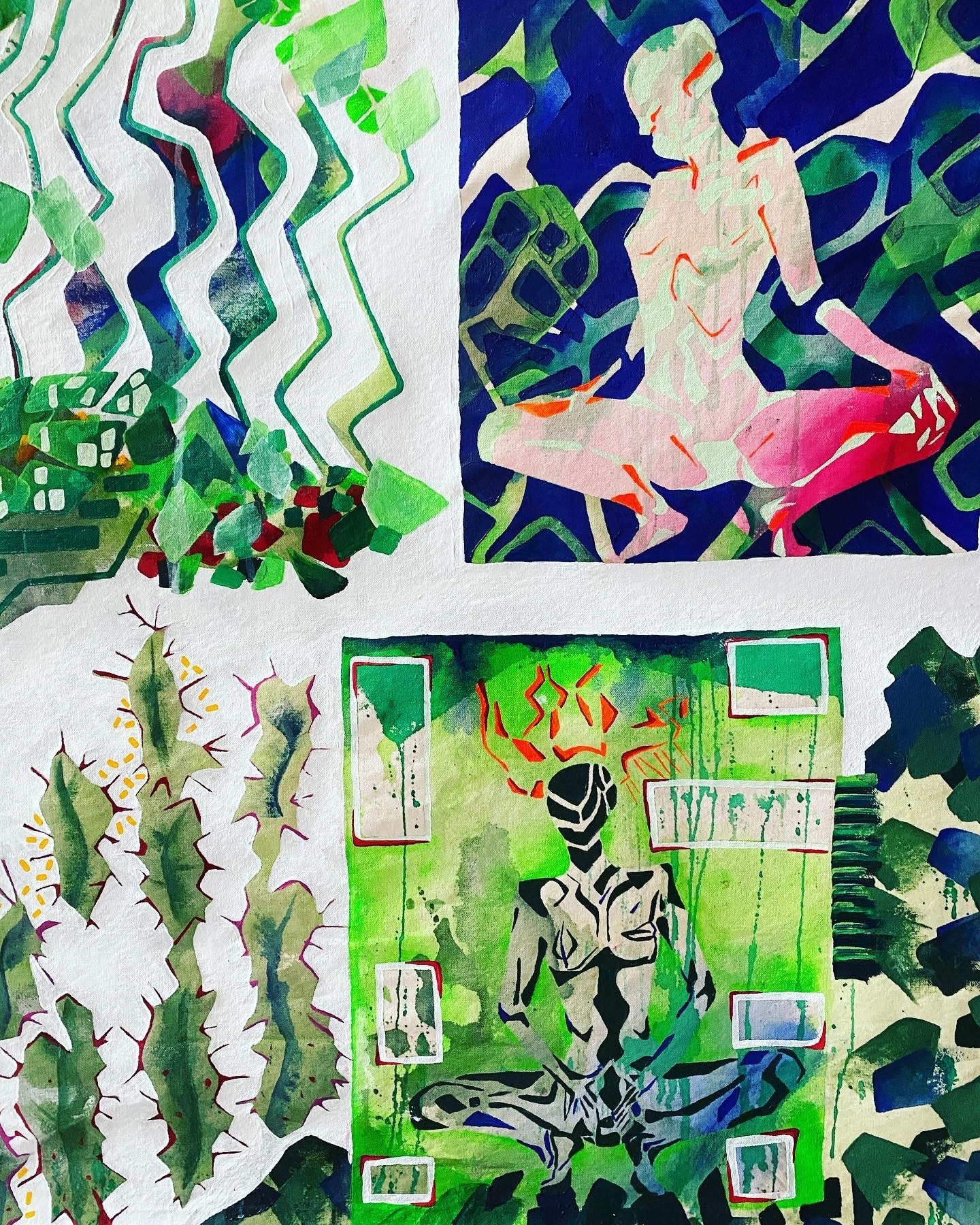
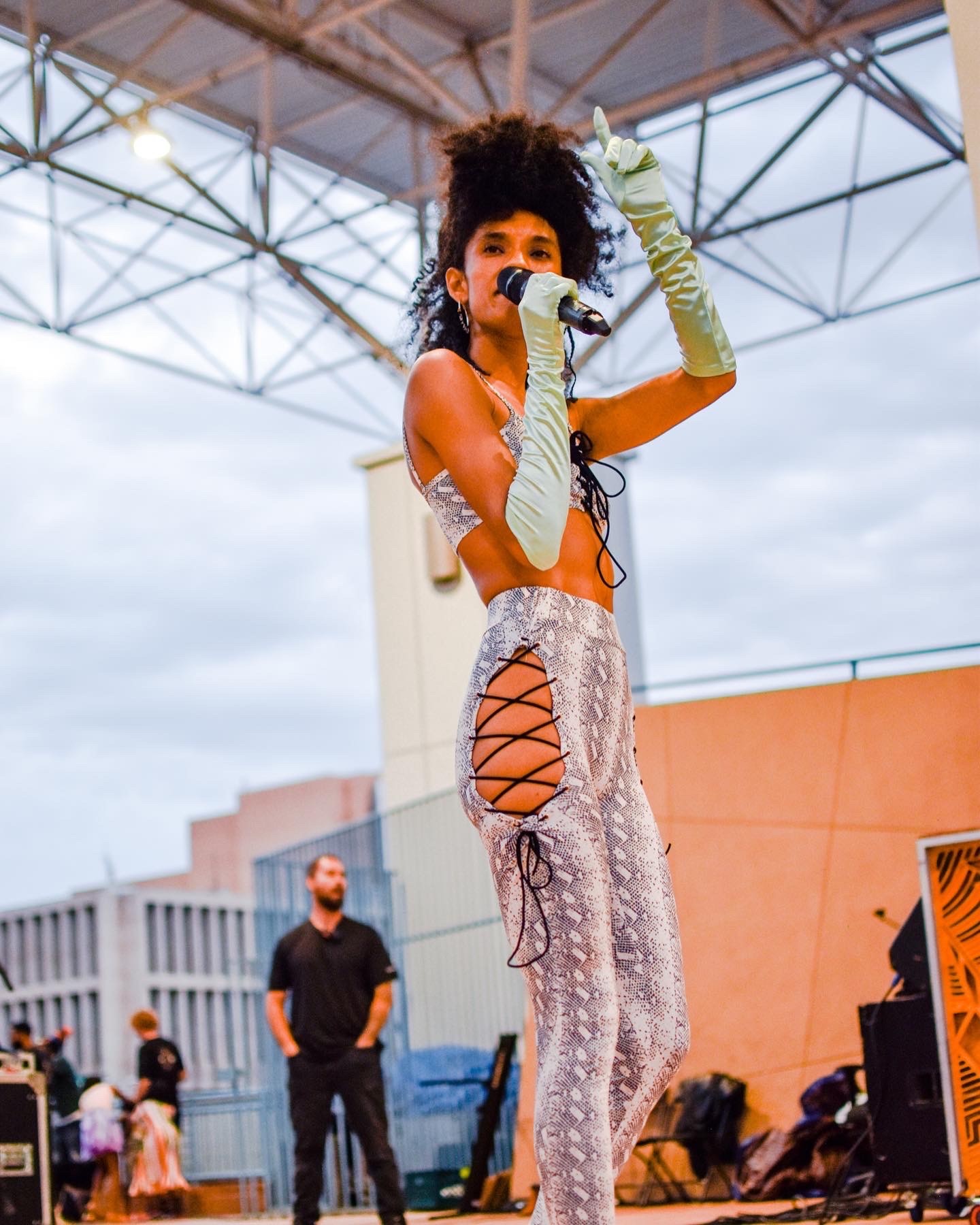

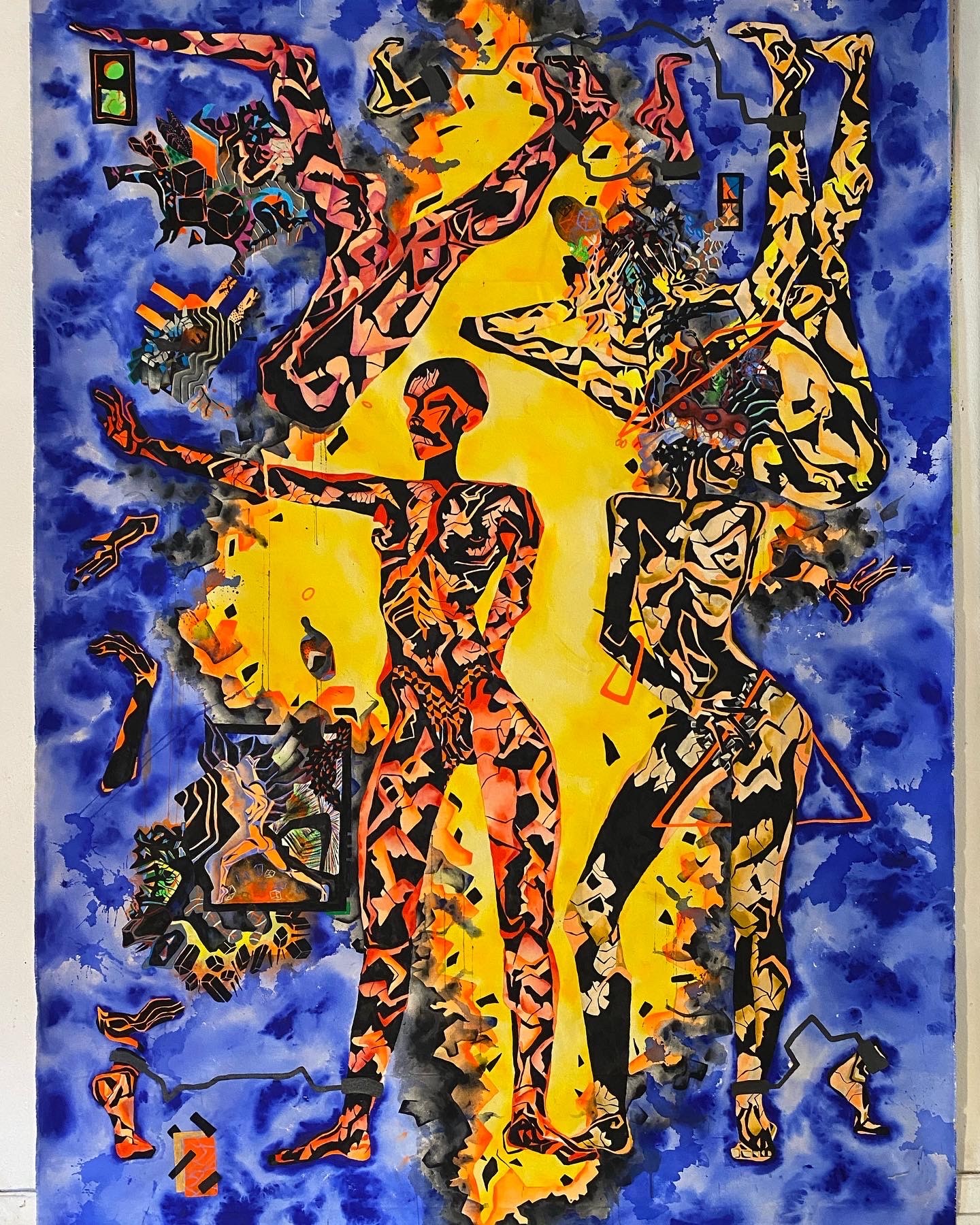
As always, we appreciate you sharing your insights and we’ve got a few more questions for you, but before we get to all of that can you take a minute to introduce yourself and give our readers some of your back background and context?
I’m an afro-indigenous creative living in Los Angeles. I work as a visual artist, creative director, vocalist, rapper, choreographer, and actor. I trained first as a dancer, then found my way to musical theatre. I loved how multi-faceted it was. It was the theatre that taught me how to see big-picture. To make a world that others can believe. After taking opera training during early adolescence and playing the upright bass, I joined my first band as a lead singer when I was a sophomore in high school. It was a punk band and we had too much fun. In college, I got scouted by a modeling agency that ultimately allowed me to dive head-first into the entertainment industry. My curiosity ensured I’d never be a one-trick pony. Different expressions require different mediums.
I now perform original music under the name ‘TwoLips’ and I’ve been blessed to share stages with some of my idols. My days are spent doing movement practice, submitting/attending auditions, doing scene-study, and painting. The pleasure is in the process. Looking back, I’m proud of my tenacity. Growing up in northern New Mexico, I was surrounded by elemental beauty which undoubtedly had an impact on me. I wanted a bigger world, though! Many members of my family have secret skills. Creative ones. Most of them are artists though they’d never claim it. I credit them for allowing me to explore all things that interested me. As a collaborator, I encourage friends and clients to embrace all parts of themselves. To bring as much of themselves into their visions as humanely possible. To get the shot.
Is there something you think non-creatives will struggle to understand about your journey as a creative?
As artists, we’re basically committed to being misunderstood, aren’t we? Most folks’ enrich their lives through music, art, and television yet the decision to contribute to the fabric of culture is often seen as a luxury. But the stories that we tell shape the world that we live in. Art is resistance in a capitalist society. So is rest. That’s why it’s SO IMPORTANT to surround ourselves with people who celebrate us and what we care about. To deny ourselves is to refuse ourselves the opportunity to heal ourselves and others.
What can society do to ensure an environment that’s helpful to artists and creatives?
I believe art is a solution to formulaic and systematic oppression. A culture of creativity allows us to problem-solve. Our potentials are untapped and that’s by design. The creatives among us are tasked with the honor of re-imagining the human story. It’s not about what society can do for artists, it’s what society has to gain from a creative and educated population. To support artists, society needs to support PEOPLE through nourishment, shelter, access to green space, networks of kinship and friendship, and by protecting us from those who wish to cause mass harm. If we had all of those things, we’d all be gardeners and artists in reciprocity with each other and the more-than-human world.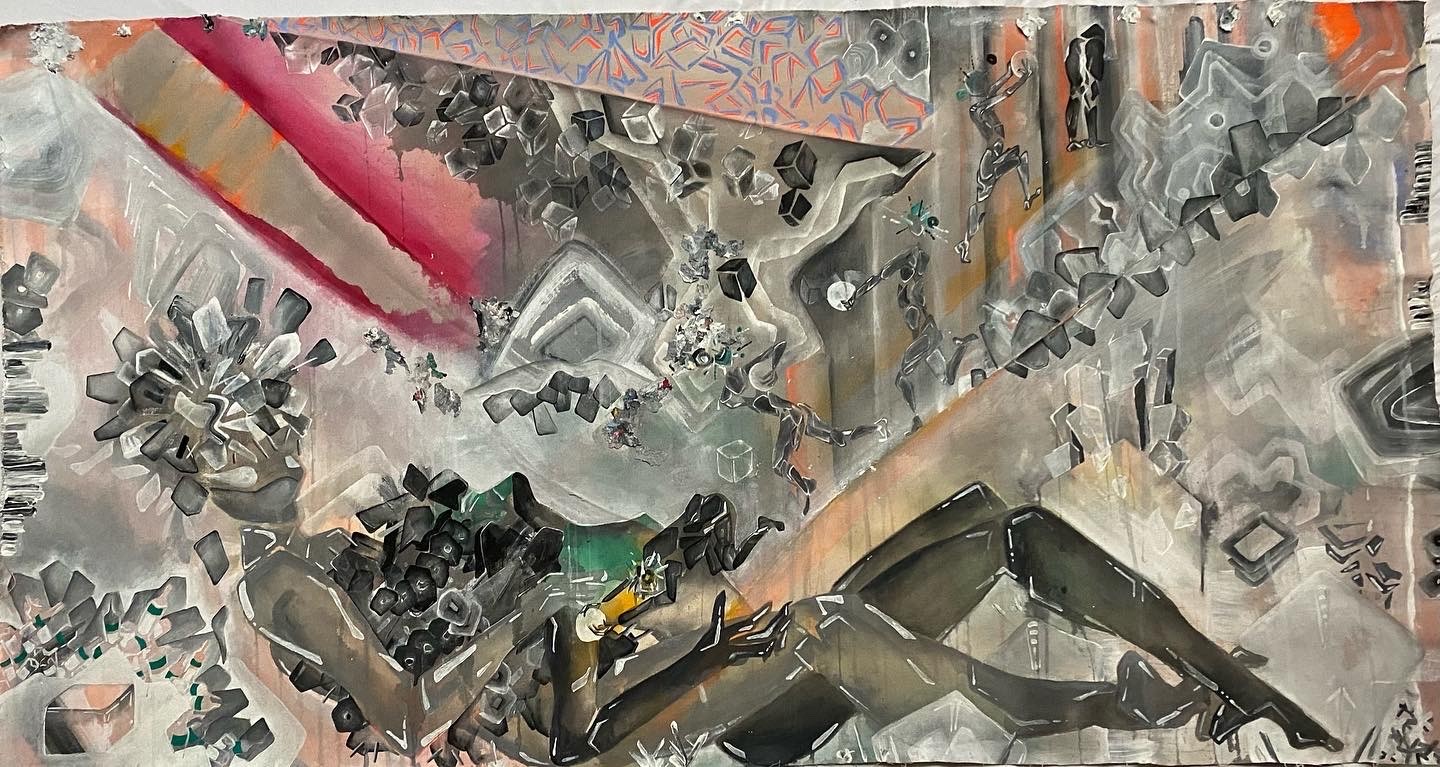
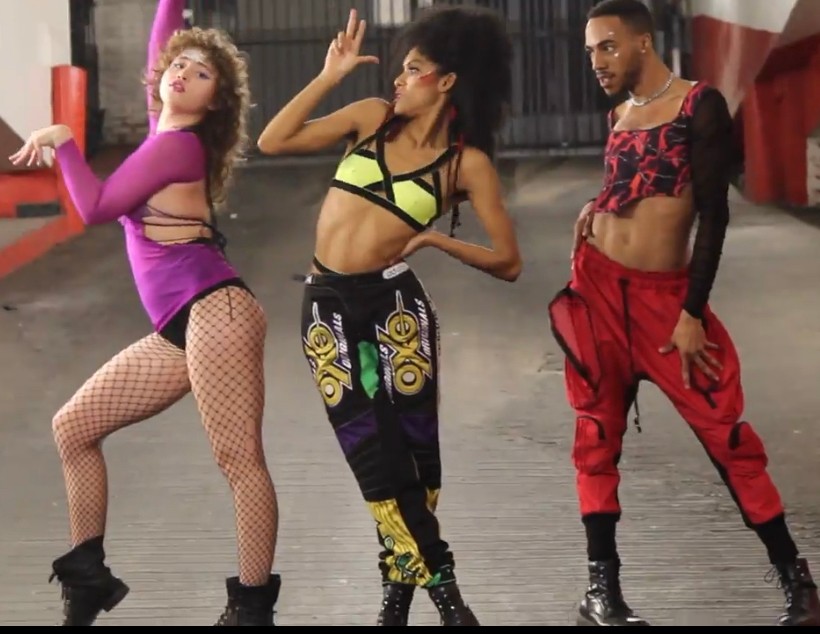
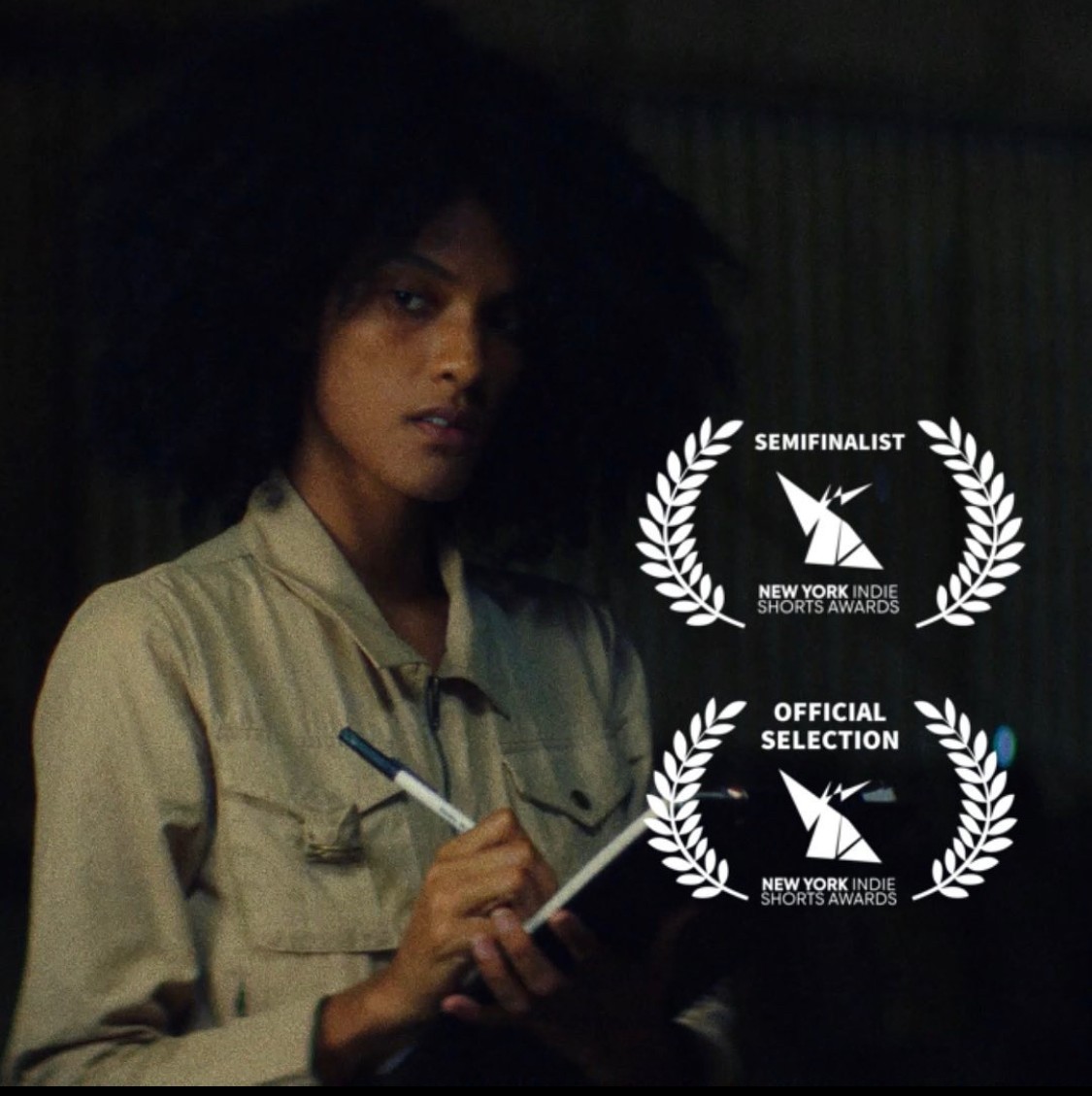
Contact Info:
- Website: kianahjay.com
- Instagram: instagram.com/twolipsmusic
- Twitter: https://twitter.com/TwoLipsMusic
- Youtube: https://www.youtube.com/channel/UCReXnz18ZvaA9SR3hJitMsA
Image Credits
Fanny Chu Connor Feyre Fredie Gardner


